SHARE THIS POST
In recent years, one of the most fundamental changes in our computer-oriented devices is the input. We have seen an evolution in the input style from mouse to stylus and now touchscreens. Some studies now show the impact of touch display technology on people’s buying behaviors. This study has examined the underlying mechanisms between the buyer’s decision-making process and the device’s input environment. It has investigated the influence of input devices over the buyer’s product information recall, engagement, product choice, buying intention, and decision timing. Touch displays have a surprising impact on buyers’ shopping behavior. The study shows a slight comparison between touch displays and other input devices on the buyer’s journey from product information recall to decision-making. Let’s discuss them one by one.
Product Information Recall:
Product information recall is defined as how often buyers can remember information about a particular product. It is a process that initiates when users start browsing and exploring products on the devices and in-store. The study shows that buyers who used touch displays are less likely to recall product information as compared to users who used other physical input devices like a mouse. Using a touch panel is more convenient, and a user can operate a device much faster than a mouse user. Due to the increased efficiency, users are more likely to explore more content on a website, therefore increasing their physical engagement, but lowering their mental engagement. Since users are exploring at a faster rate, it is less likely for them to remember all the product information that they encounter.
User-Engagement:
User-engagement refers to how the user experience is while interacting with the device and how often the user interacts with the display. The higher the comfortability with a device, the higher the engagement. Touch displays have a positive impact on users’ engagement with devices. With the increase in users using touchscreen devices, the e-commerce industry saw improvements in sales volume. The reason is that touchscreen devices provide a smoother, more efficient, and convenient experience to users which results in enhanced user-engagement. The in-store use of touch panels also increases the customers’ accessibility and opportunity to engage, find more products, view extended product information, and order out-of-stock products directly to their homes. In places like the U.S. and U.K., it is said that mobile traffic is dominant, and mobile users make most purchases via e-commerce. Since users are familiar with the touch screen buying process, implementing touch screen kiosks inside brick-and-mortar stores can help blend the two experiences, which cognitively places a higher value on an in-store shopping experience.
Product Choice:
Product choice is another important factor while discussing touch displays’ impact on buyers’ behavior. The study shows how touchscreens place a higher value on content to the user. It is said that people using touch panels are more likely to choose hedonic products as compared to mouse users. Hedonic products are those which provide fun, pleasure, and excitement to buyers. For example, clothes, flowers, luxury watches, sports cars, and many others are considered hedonic products. This is because most people have touchscreen devices like mobile phones, which allows them to browse social media and Google for things related to their interests. Considering that, companies have introduced themselves as e-commerce businesses and target users and show them luxury items through advertisements, which results in that touchscreen users are more likely to choose hedonic products than mouse users.
Buying Intention:
Buying intention is a very crucial stage for buyers as well as for sellers. The research shows that users with touchscreen displays have more buying intention as compared to other input users. The reason behind this is quite similar to the one we discuss for product choice, with the recent growth in people’s interest in mobile and tablet apps also helping to increase the buying intention. It is obvious that people who installed shopping/e-commerce apps on their mobile phones also have higher buying intentions. So, apps and their notifications along with ads help in increasing the buying intention. Another reason is the quick checkout process, which allows touchscreen users to have high buying intentions as compared to others. 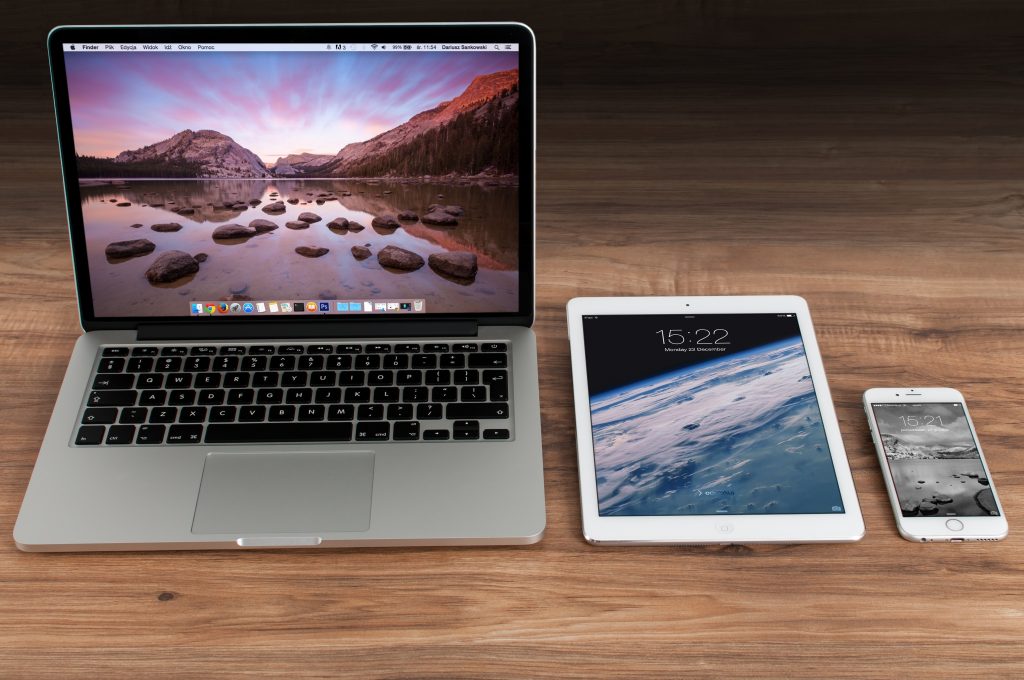
Decision Timing/Purchase Decision:
The study shows that buyers that use touch panels make quicker purchasing decisions as compared to other physical input devices. Since it is quick, easy, simple, and convenient to use touch displays, users are highly likely to purchase products on their touch devices. It is also found that browsing products on touchscreen displays led to higher product valuation than on personal computers. It concludes that users’ perception of online products is filtered by the lens of interfaces that are used to explore products.
Final Research Results:
The final results of the research include the following: – The buyers who used touch displays to browse products ultimately have low product/brand name recall and high product engagement than buyers who used a mouse. – The touchscreen users are more likely to purchase hedonic goods as compared to mouse users. – The touchscreen users are less likely to defer purchase decisions than mouse users.
Multi-Touch Technology:
Multi-touch technology detects multiple touches to the surface and allows the users to interact with the device using multiple fingers. With multi-touch technology, product presentation has been improved with the ability to allow users to manipulate the image in real-time rather than just viewing a static image. For example, we can interact with product images with single and multi-finger touch gestures like pinching or flicking images on touch displays with multi-touch technology.
Touch Panels:
Touch Panels are the same as touch displays. It has built-in sensors that detect the user’s finger or stylus position and pass instructions to the device to perform certain actions. There are four types of touch panels.
- 1. Resistive Touch
- 2. Projected Capacitive Touch
- 3. Infrared Touch
- 4. Optical Imaging Touch
Resistive Touch: They can detect the commands when pressure is placed on the screen. This pressure sensitivity is usually limited to single-point touch with 20 inches maximum screen. It ranges from the stylus to the fingertips. If used properly, then resistive touch panels will work even after a drop of waterfalls on the screen. Resistive touch panels are not very durable. They don’t have multi-touch support. These touch panels are mostly found in grocery stores where it is used for signatures by shoppers with the stylus. Projected Capacitive Touch: These touch panels are known for their high precision and high response times. They have electrical-based touch detection. They have multi-touch functionality and can also be used in small and compact devices. Capacitive touch panels are used in smartphones, tablets, and GPS devices. Infrared Touch: These types of touch panels are durable and have multi-touch functionality. Infrared touch panels are not good performers in direct sunlight. These touch panels are mostly used in ATMs, factory automation, ticketing machines, medical equipment, Point of Sale (POS), and other large-size applications. Optical Imaging Touch: These types of touch panels are made to detect touch through infrared cameras and disruption of light strips. One of the biggest advantages of these touch panels is they can detect touch through gloves as well. They are durable and have the support of multi-touch functionality.
Optical Bonding:
All cover lenses are bonded to the edges of a custom LCD display. There is a gap in the center, which is called the “air gap.” The air gap is filled with liquid optically clear adhesive (LOCA). This process is called optical bonding. Optical Bonding helps in improving the viewing experience, performance, and touch experience. It makes the touchscreen sturdier and protects against dust and moisture.
Why Touchscreens Are Preferred:
Touchscreen devices are mostly preferred by buyers/users over non-touchscreen devices. There are several reasons behind this. Touchscreens make navigation easy and convenient. In other words, a simple, more efficient, and straightforward journey. Touchscreen devices are generally brighter, more vibrant, and have better color accuracy as compared to other devices. They are also lightweight and portable. In terms of shopping and researching online, they are easier, quicker, more engaging, and more responsive. The touchscreen kiosks used by businesses allow users to accelerate self-service. This allows for buying tickets, paying bills, accessing private account information, etc., to be done more efficiently.
Conclusion:
Touchscreens positively impact buyers’ shopping decisions by increasing their engagement, encouraging them to purchase more high-value products and create more serious buying decisions in a shorter amount of time. They can also interact with product content in a more dynamic and engaging way, due to multi-touch technology. Consumers can also use touch displays while wearing gloves because of advanced touch panels installed on the custom LCD display. Overall, touchscreen technology is the key to positively stimulating consumer buying habits.
About E3 Displays
We’re a global design and manufacturing company that helps the world’s most innovative companies define the future of their business display needs. With over 20 years of combined experience in display technology, E3 Displays has everything you need to develop and manufacture your custom touch display all in one place. With customer-centric solutions featuring strategic planning, competitive pricing, longevity, and support, we ensure the best products on the market to help you scale. In the end, displays are a centerpiece in any hardware that provides a very important visual message in your product. We want to ensure that the visual entity exceeds your optical and performance requirements.

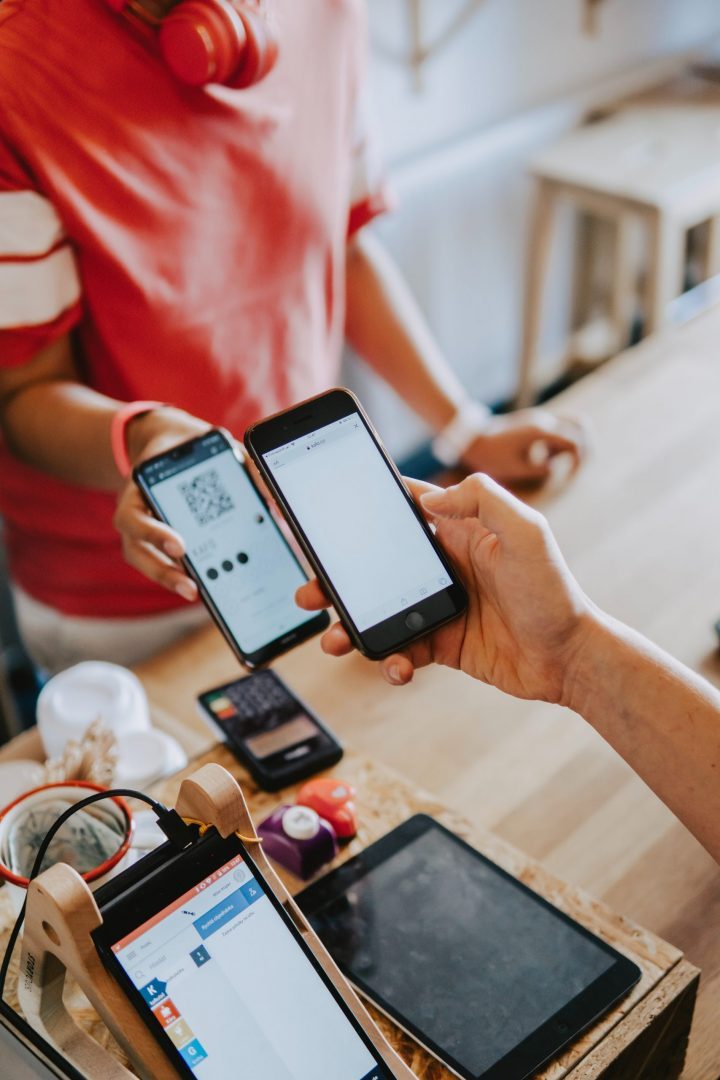


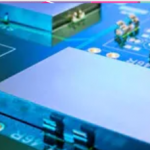
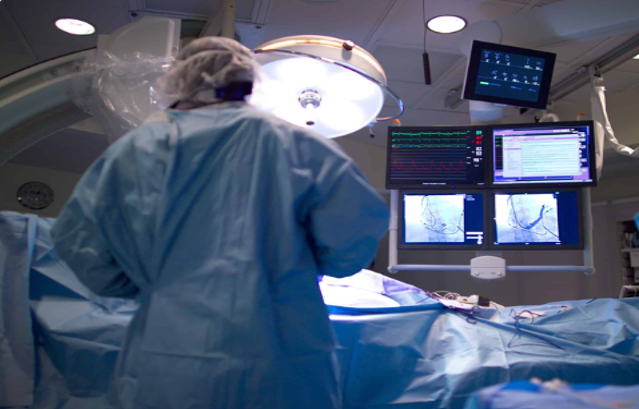


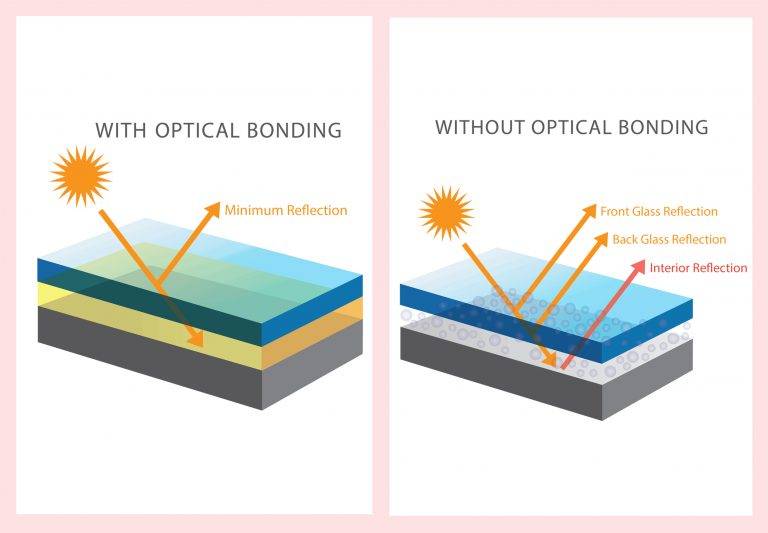
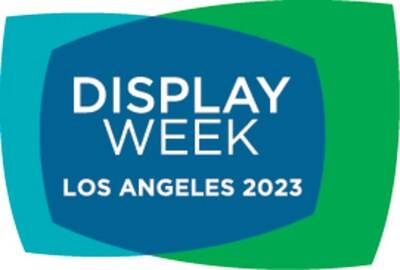




 Submit your project information
Submit your project information Speak with an expert display advisor
Speak with an expert display advisor